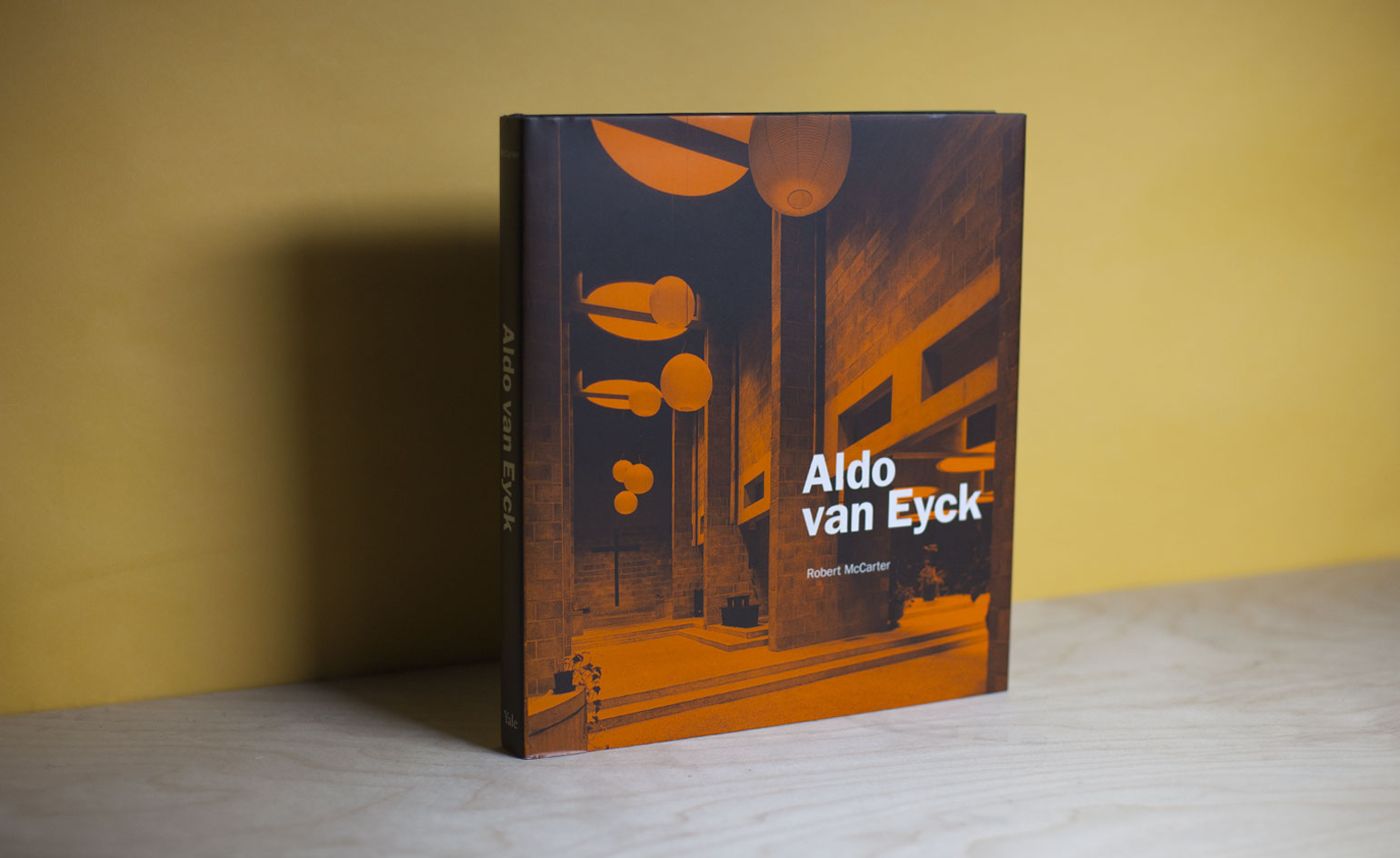Robert McCarter
Yale University Press

I read with interest Annie Pedret’s review of my Aldo van Eyck (Yale University Press, 2015) in the March 2016 issue of JAE. Pedret begins by noting the marginalization of van Eyck’s thinking and work that began during his lifetime and continued after his death in 1999, a marginalization that she states my book “brings to an end,” and she ends her review by calling the book “a rich resource for scholars, architects and students.” While I appreciate these opening and closing endorsements, Pedret seems unable to overcome her “scholarly” bias against practicing architects who write books, describing my writing method as “curatorial,” a term she does not define but that the reader can only assume implies that the text is not up to “scholarly” standards, as it is presumably defined by the oxymoronic term “original research.” Yet given this “scholarly” approach, I was surprised to note that Pedret’s review contains a number of factual errors that give potential readers a false impression of the book.
Pedret also fails to recognize that my book illustrations were not, in fact, drawn from Stauven’s 1996 book, as she incorrectly claims, but that the illustrations for both Strauven’s book and my own were drawn almost entirely from the Aldo van Eyck Archives, as is plainly stated in the Acknowledgements, where I noted that the publication in this new book of selections from van Eyck’s collection of photographs and original drawings, housed in the AvE Archives, was one of the primary intentions of my monograph project from the start.
Pedret acknowledges that the structure of the book, and its presentation of van Eyck’s theories and designs in an integrated manner, effectively engages the understanding that “there is no separating theory and practice in van Eyck’s work.” Yet she goes on to assert, without any substantiation, that the chapter titles, which are aphorisms taken from van Eyck’s writings, “do not represent this architect’s most important theories, nor do they pretend to be comprehensive. Rather, they are a collection of theoretical episodes that were chosen for their relevance to the projects discussed in each chapter.” In fact, my book is the first to be published since van Eyck’s writings were collected and published by Strauven and Ligtelijn in 2008, and it endeavors to relate van Eyck’s theories directly to the contemporary designs that embody them, and to illustrate how his theories evolved directly from practice. Toward the end of her review, Pedret makes the similarly unexampled and unsubstantiated assertion that my book “may not have covered the full scope of van Eyck’s theory.” Yet Pedret fails to give any definition of what she considers to be the “full scope” of van Eyck’s theories, nor does she give a single example of van Eyck’s “most important” theories that she implies are missing from the book.
Finally, in a book review notable for its lack of a single quotation from the book text itself, Pedret entirely misrepresents my method in writing the book, as well as the character of the text itself, by asserting, “This curatorial approach to the references is consistent with the approach of the book, which is that of an architect curating what he describes in his own words as a ‘private collection’ of significant personal experiences of van Eyck’s work.” These certainly are not “my own words,” as “private collection” does not appear anywhere in the text, much less in a description of my own approach in writing the book. Quite the contrary, as stated in the introduction, my approach is to describe the architect’s design process and theoretical insights, as well as to give a sense of the experience of the buildings, with the (perhaps “unscholarly”) intention of provoking or inspiring the readers to experience the places for themselves.
– Robert McCarter
Ruth and Norman Moore
Professor of Architecture
Washington University in St. Louis
How to Cite this Article: McCarter, Robert. “Author Response: Annie Pedret’s review of Aldo van Eyck, Robert McCarter (Yale University Press, 2015),” JAE Online, May 4, 2016, https://jaeonline.org/issue-article/author-response/.






